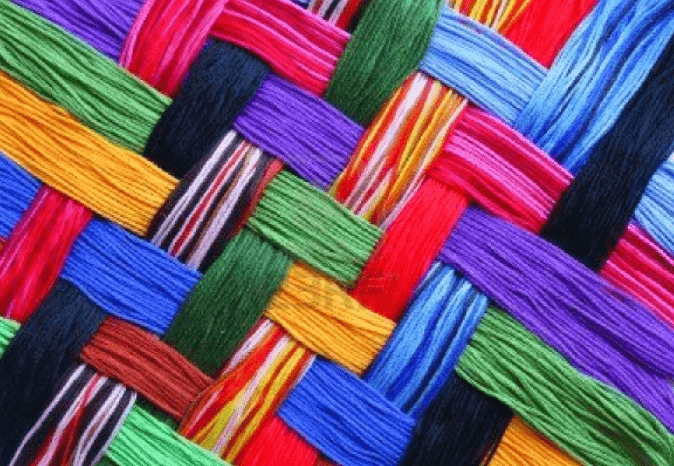Textiles and their manufactures dominate Pakistan‘s exports, according to a World Trade Organization (WTO) report.
In fact, the textile industry is the largest manufacturing sector in Pakistan and has the longest production chain, from cotton to ginning, spinning, weaving, dyeing and finishing, ready-made goods and garments.
This sector contributes almost a quarter of the industrial added value, provides employment for about 40% of the industrial workforce and represents around 60% of exports.
In 2020, the exports of products from Pakistan were 22,237 million dollars, with the main destinations being the United States, China and the United Kingdom.
Conversely, its imports were estimated at 45.775 million dollars and its largest suppliers were China, the United Arab Emirates and the United States.
Regarding the previous approach, the value of exports of textiles and their manufactures amounted to 13.1 billion dollars in 2020, compared to 13.7 billion in 2013.
The main subcategories are clothing ($5.7 billion), bed and table linen ($3.6 billion), and cotton yarn ($800 million).
Pakistan’s exports of textiles and their manufactures are highly dependent on market access conditions of major trading partners, including unilateral preferences.
Textiles
The value of imports of textiles and their manufactures amounted to 3.3 billion dollars in 2020, compared to 2.7 billion in 2013.
In 2021/2022, the average applied MFN tariff on textiles and their manufactures is 13.4% (down from 18.7% in 2014/2015), with tariffs ranging from 0 to 20 percent.
The Textile Industry Unit under the Ministry of Commerce is responsible for formulating policies relating to the textile sector.
In 2015, a Policy on Textile Products was formulated for the period 2014-2019. The objective of the Policy is to make Pakistan a leading exporter of value-added textile products.
The objectives set out in the Policy include doubling value addition in five years, doubling exports in five years, and facilitating new investment.
To achieve these goals, various tax aid and vocational training initiatives have been planned. The authorities indicate that the objectives were not fully met.
For example, exports of value-added textile products (knitwear and ready-made garments) increased by approximately 33%, from US$4.2 billion in 2014 to US$5.6 billion in 2019.
According to the authorities, this was mainly due to late or non-payment under the respective facilitation programmes, failure to allocate funds for infrastructure development, lack of professional training, problems related to with productivity and compliance programs, as power was not available to the export industry at regionally competitive rates during the policy period.
![]()

